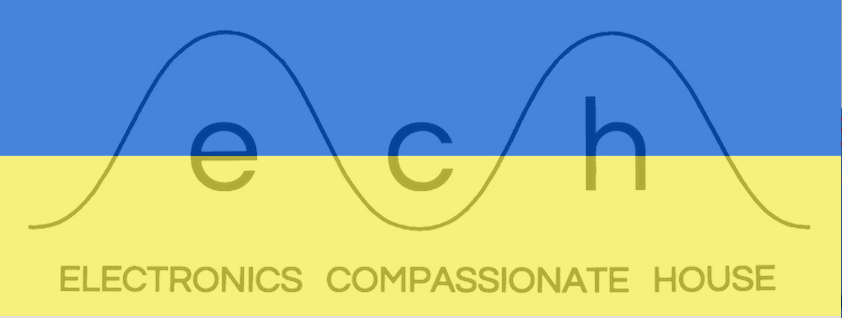The Fisher Price 820 is a battery powered turntable made in the early 80s. It uses four 1.5V(size C) batteries, it seems, to power a TBA820M 1.2W audio opamp (presumably where the 820 designation comes from), driven by a simple transistor preamp, out a little on-board speaker. It is rugged, simple, well made and instantly likable.
This particular unit had been used as a boom-box and "listening station" for a street-side (outdoor) record vendor as well as a general purpose "indestructible" turntable for many years. Eventually this popular lifestyle overcame the pragmatic engineering and "it stopped spinning".
I opened it up without testing as it clearly looked battered and filthy and in need of attention. I immediately noticed dirty contacts and cracked solder joints where the volume pot connects to the PCB (this was a fair guess since there was a piece of cardboard jammed beside the volume roller in an attempt to get the thing to work). A lot of dust had found its way inside and there was an impression of general dampness. Soon I had it blasting out dollar vinyl again.
There is a 'normally-closed' switch that is opened when the tone arm hits the inner lock-groove. The only reference to Fisher Price 820 trouble-shooting I could find on the net mentioned that this switch didn't serve a purpose as the record kept spinning after it was opened. That isn't the case, however! There is a delay of about 5-10 seconds after the opening of the switch before the turntable stops. I assume this feature was added to accommodate the different possible dimensions of 45 and 33 records and to guarantee that the arm would travel all the way to its correct final position every time or something. It also adds an air of deliberate confidence to the action of this little plastic kiddie-toy as it lets a few seconds of goodbye crackle happen before 'shutting off'. When I wired the switch in series with the battery the platter stopped as soon as the switch opened - but it wouldn't play any record for more than 8 seconds at a time!! Jumping where the switch was connected would have solved this problem (the switch permanently closed would never trigger the shut off timer). We liked this feature though, so I put it back the way it was!
IT WORKS GREAT!
I had trouble sourcing the info on the chip near the 45/33 switch. In the unit I was servicing it was JRC4031, this one looks like JRC2606D. I think that the 4001 nor gate is used for the delay and the other is for motor speed control, which is regulated. The motor speed does not change as the batteries die - the audio begins to break up as the pre-amp starts to saturate well before the opamp loses the 3v it needs - and all audio fades before the motor stops. This seems confirmed by the existence of this IC made by NJM..
The customer brought in two out of five dead machines in his possession - I have worked only on the first, but I don't anticipate any problems on the others (ha ha we'll see!). I'll take a closer look the next time and see if I can make more sense out of the circuit.


